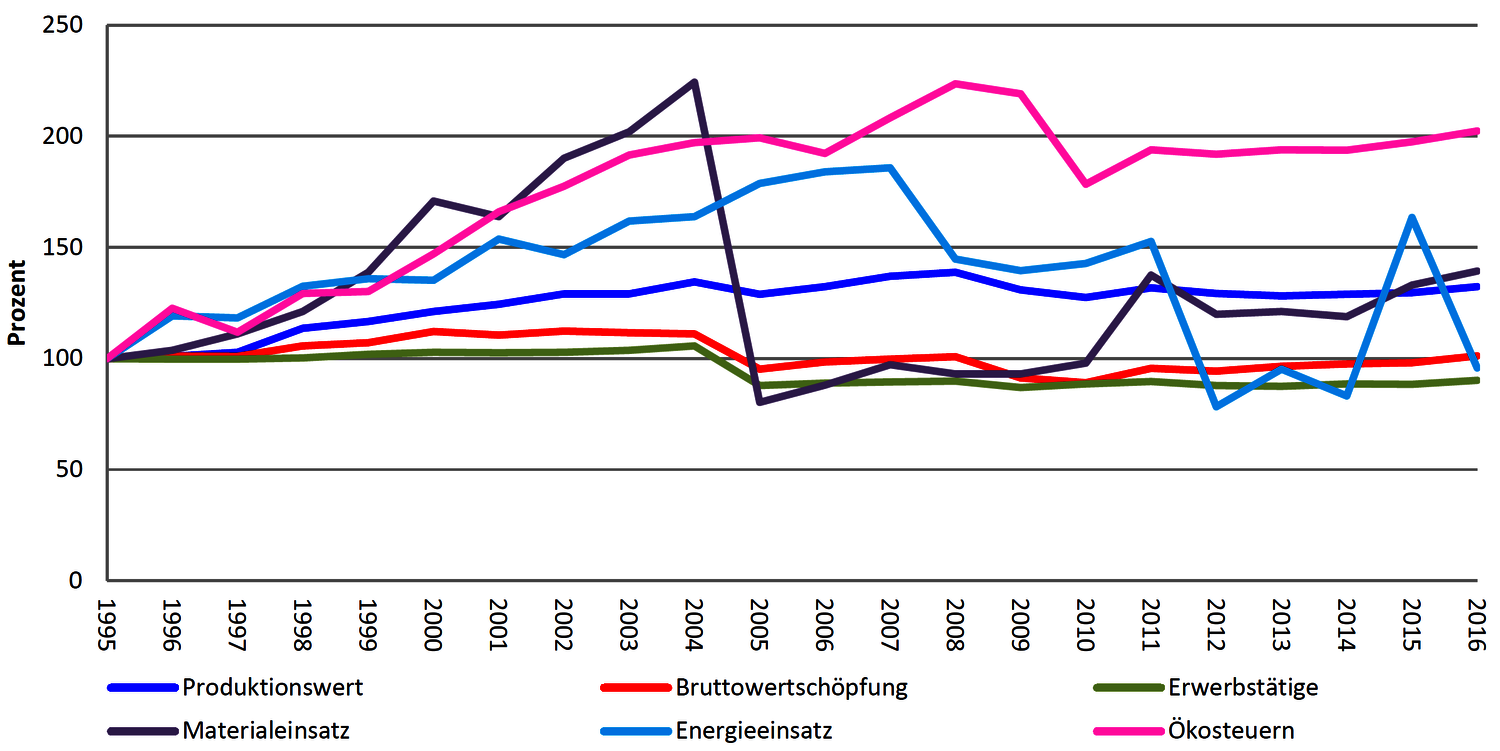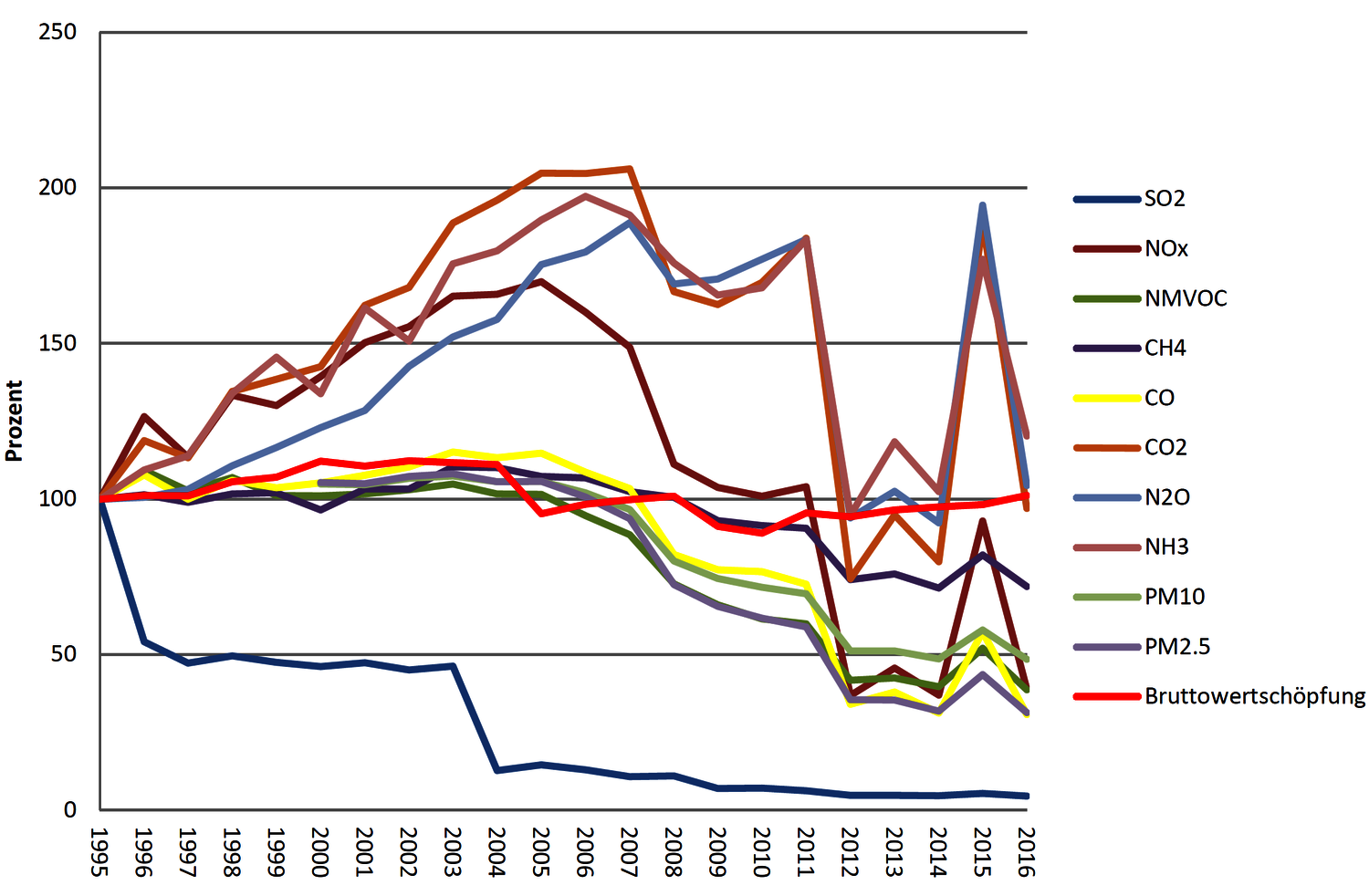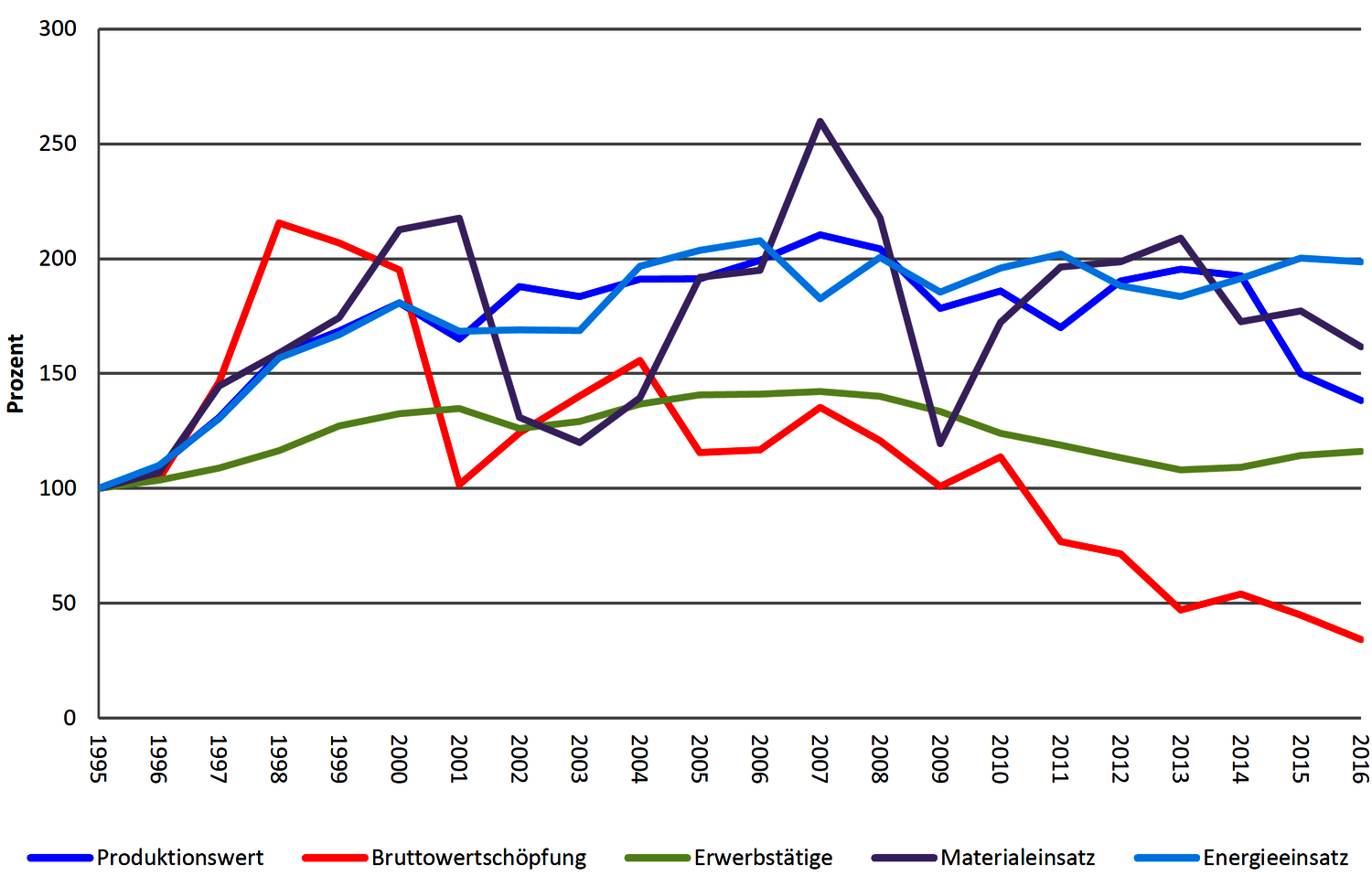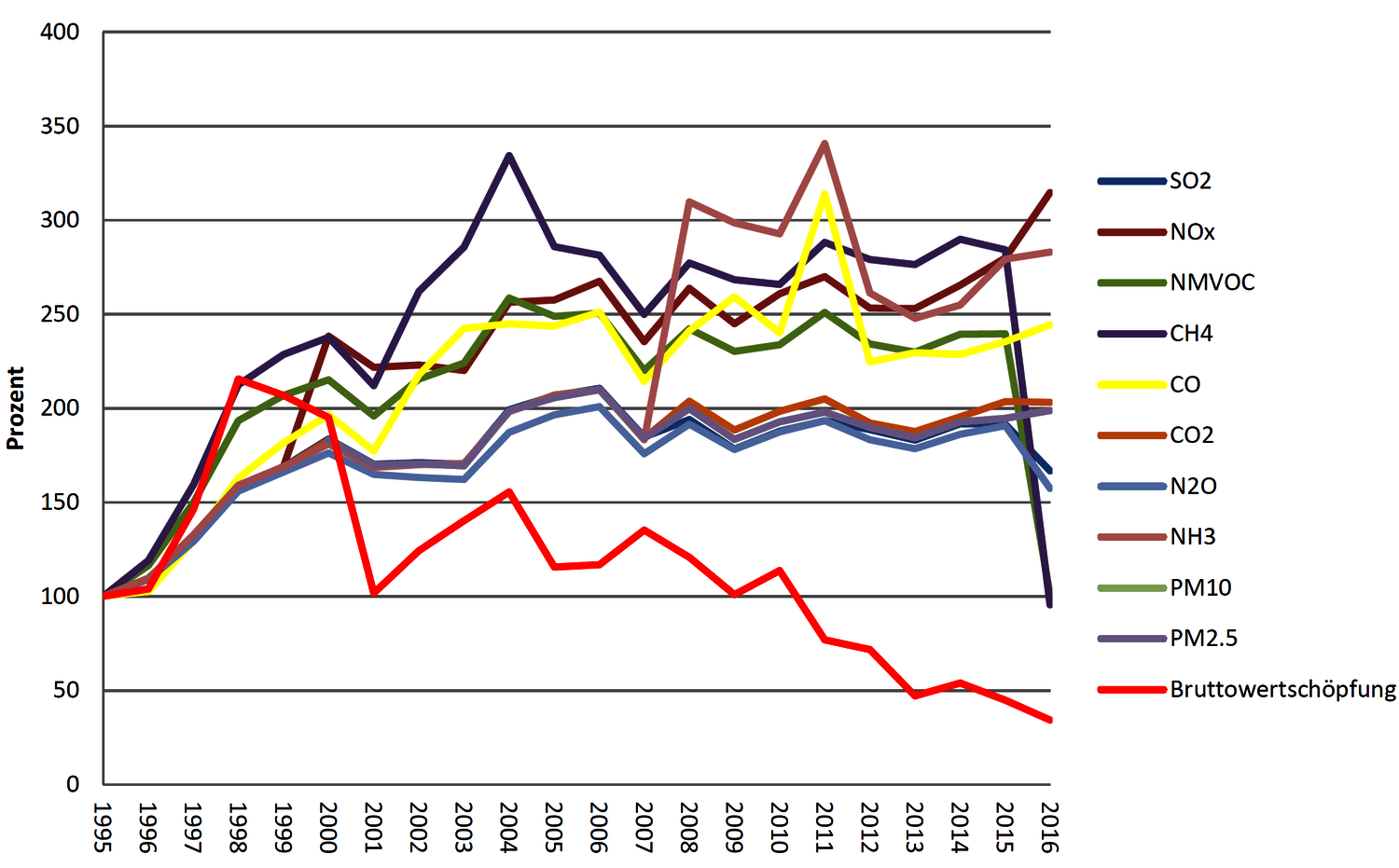Transport
Mobility is one of the basic human needs and has always been of great social and economic importance. However, traffic also has a significant impact on the environment. These include, among other things, emissions of noise, air pollutants and greenhouse gases as well as land use, fragmentation and segmentation of the landscape and, last but not least, a considerable consumption of material (raw materials) as an energy source and to ensure the necessary transport infrastructure.

Basically, a distinction is made between the two types of transport, passenger transport, consisting of individual transport and public transport, and freight transport on the road, rail, water and air routes.
In Austrian passenger transport, the proportion of motorized individual transport is around 60% (of which around 15% are passengers) and public transport around 15%. (Österreich unterwegs, BMVIT 2013/2014)
When it comes to public transport, bus services dominate in terms of volume, followed by rail transport. In comparison, aviation and shipping carry fewer people.
In terms of transport volume, road is the predominant mode of transport in Austrian goods transport. Rail transport is still of great importance, while shipping and air transport play a subordinate role in terms of volume.
In 2017, the transport sector was one of the main contributors to greenhouse gas emissions. The highest proportion of emissions in traffic can be attributed to road traffic and here in particular to car traffic.
Important parameters when considering the environmentally relevant aspects of different transport systems are energy use, emissions and the underlying infrastructure.
Many of the environmental impacts of transport are externalised, meaning that the benefits of increased mobility for the few come at the expense of society as a whole.
Transport and environmental accounts
In the environmental accounts, transport is assigned to those who cause it. For this reason, traffic-related data can only be extracted for commercial goods and passenger transport.
As part of the Integrated NAMEA, data from the land transport, inland waterway and air transport sectors are recorded. Economic information such as gross value added or the number of full-time equivalent employees can be compared with environmentally relevant data from the transport sector. With regard to environmental accounts, the environmental issues of air pollutant and greenhouse gas emissions, use of materials, use of energy and revenue from eco-taxes are of particular relevance. Environmental protection expenditures are not available for these economic sectors.




